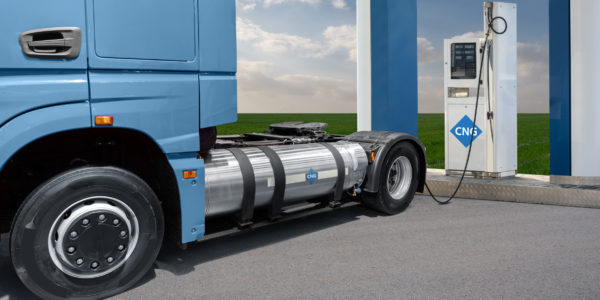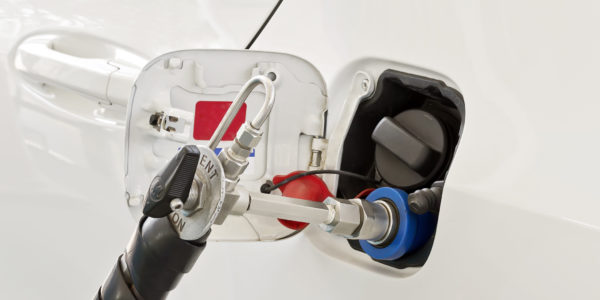
When it comes to fleet management, the E in ESG can carry a bit more weight. With transportation being one of the greatest contributors to global greenhouse gas emissions, environmental preservation is becoming increasingly important across the industry. The practice of ESG at a higher level helps fleets to stay accountable for their negative and positive impacts.

While fleets are concerned with the procurement of EVs, energy suppliers are concerned with ensuring the grid can even support such a large increase in demand. The US Department of Energy estimates that electricity consumption could go up by 38 percent by 2050 due to the transition to EVs. The challenge now is generating enough clean energy to support this change.

CNG is an alternative fuel that has been used in fleet for decades. There are over 175,000 CNG-powered vehicles in the US today. Many are wondering, however, is investing in CNG worth it if electrification is the end goal?

Alternative fuels are on the top of many fleet managers’ minds these days. Fleets are exploring new ways to get the job done while remaining operationally efficient, cost effective and sustainable. As a result, many managers are introducing a mix of electric, hydrogen, and natural gas-powered vehicles into their fleet to work alongside traditional gas and diesel ICEVs.

As EV production struggles to keep up and delivery dates keep being pushed back, many fleets are left wondering whether their sustainability goals are even feasible in the immediate future. One potential solution is the use of natural gas to power light- to heavy-duty vehicles.

Natural gas is the fastest growing fossil fuel of the past decade and is becoming an increasingly popular alternative to diesel and gasoline.

With a major lack of electric vehicle options to replace medium- and heavy-duty ICE trucks, EVs are unfortunately not viable for many utility fleets yet. This doesn’t make ICEV fleets a lost cause for sustainable practice though.

The reasons for our dependence on fossil fuels, not only nationally, but globally, are clear to see. Fossil fuels are cheap to produce, abundant and reliable, and ultimately, have all the infrastructure in place to make production relatively easy.

Solar energy has grown rapidly in the past decade, reaching 97 gigawatts of capacity by 2020 (enough to power 18 million homes). Though only 11% of the renewable energy consumed in the US is solar, this figure is expected to more than double by 2050.